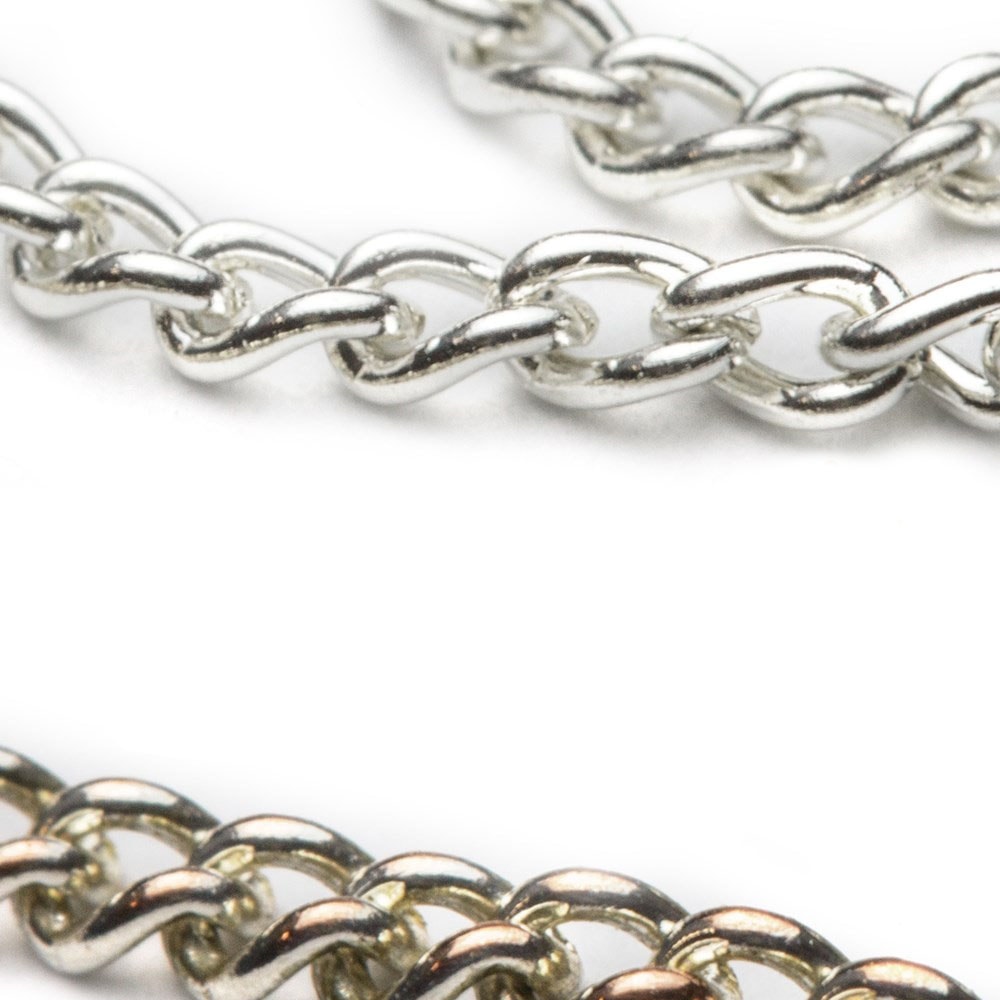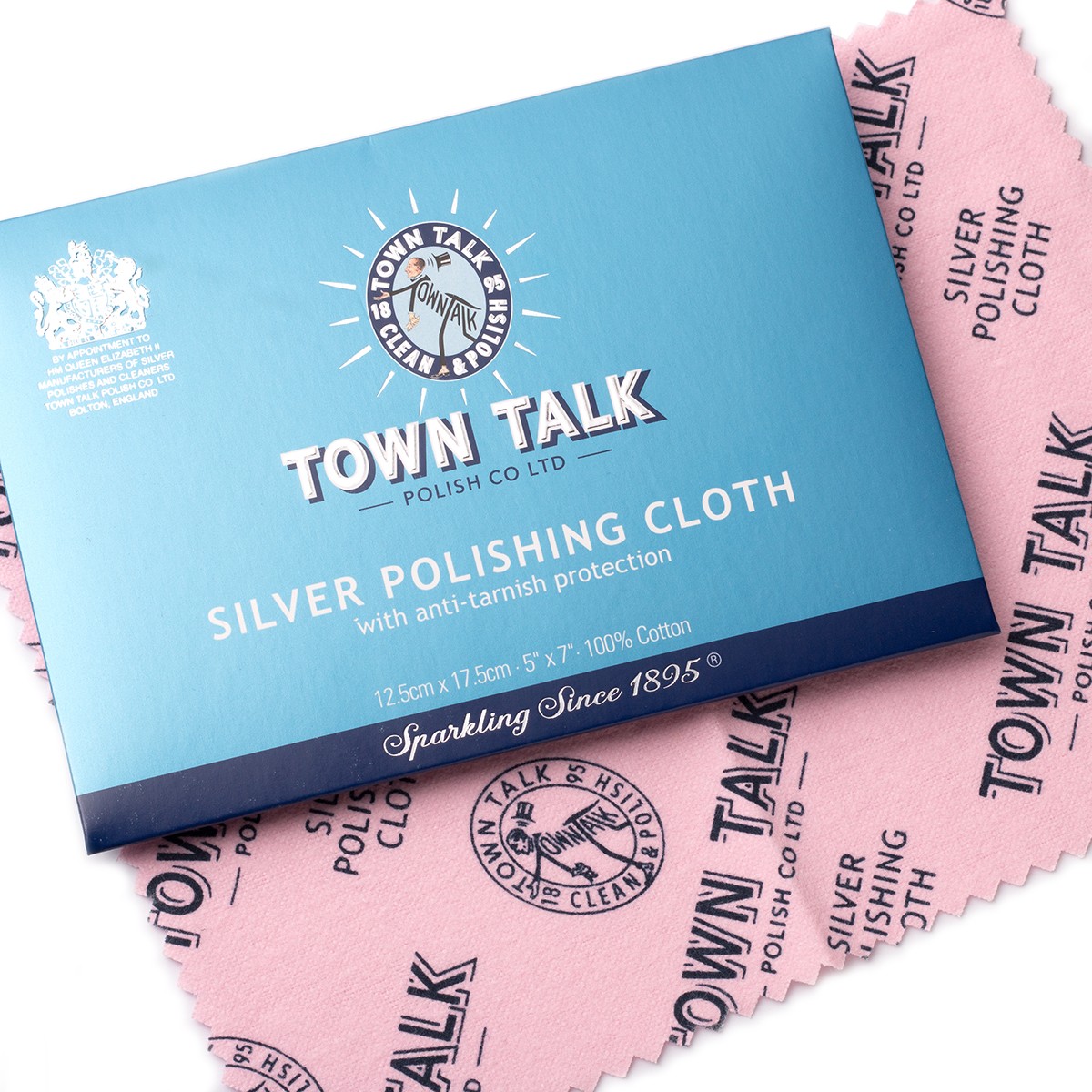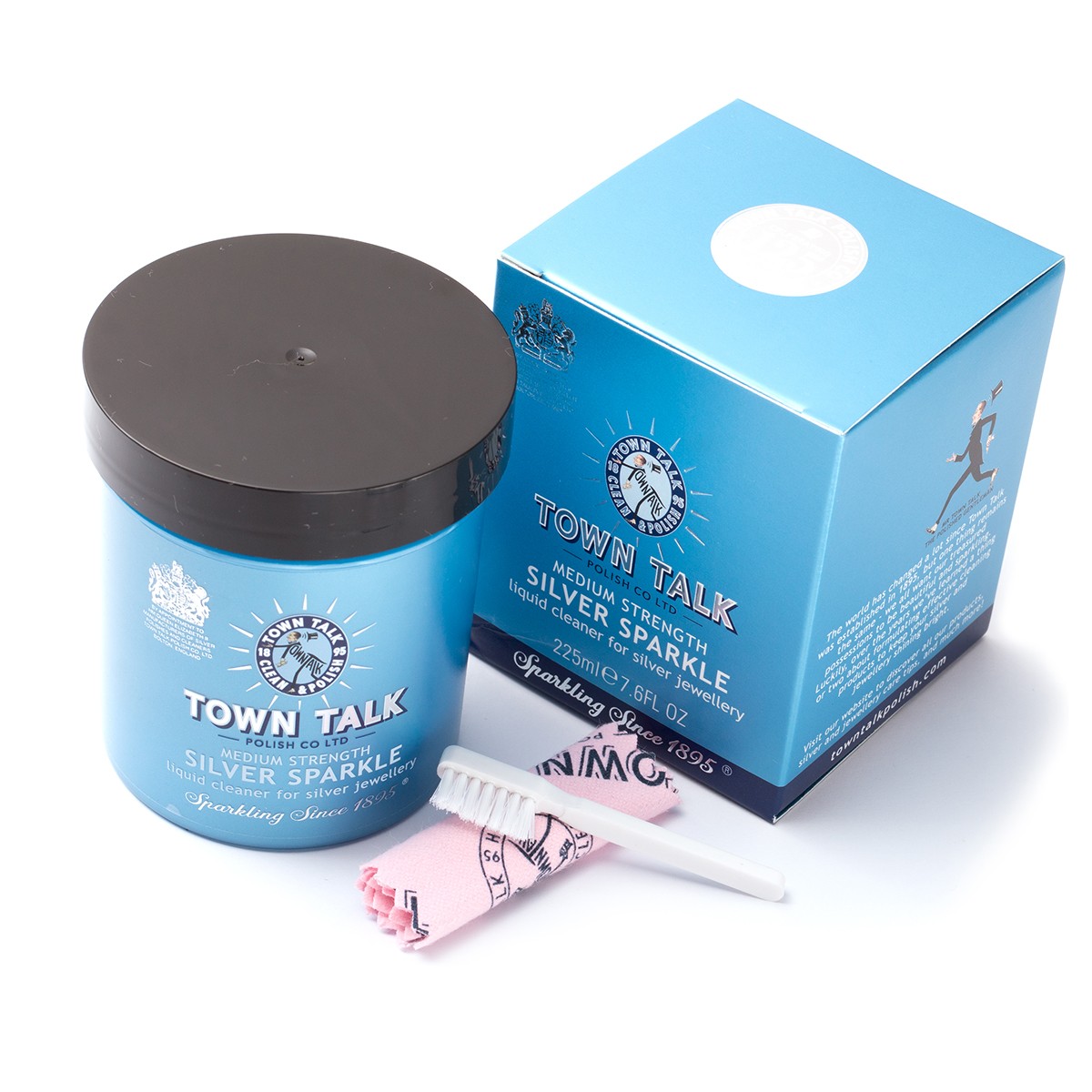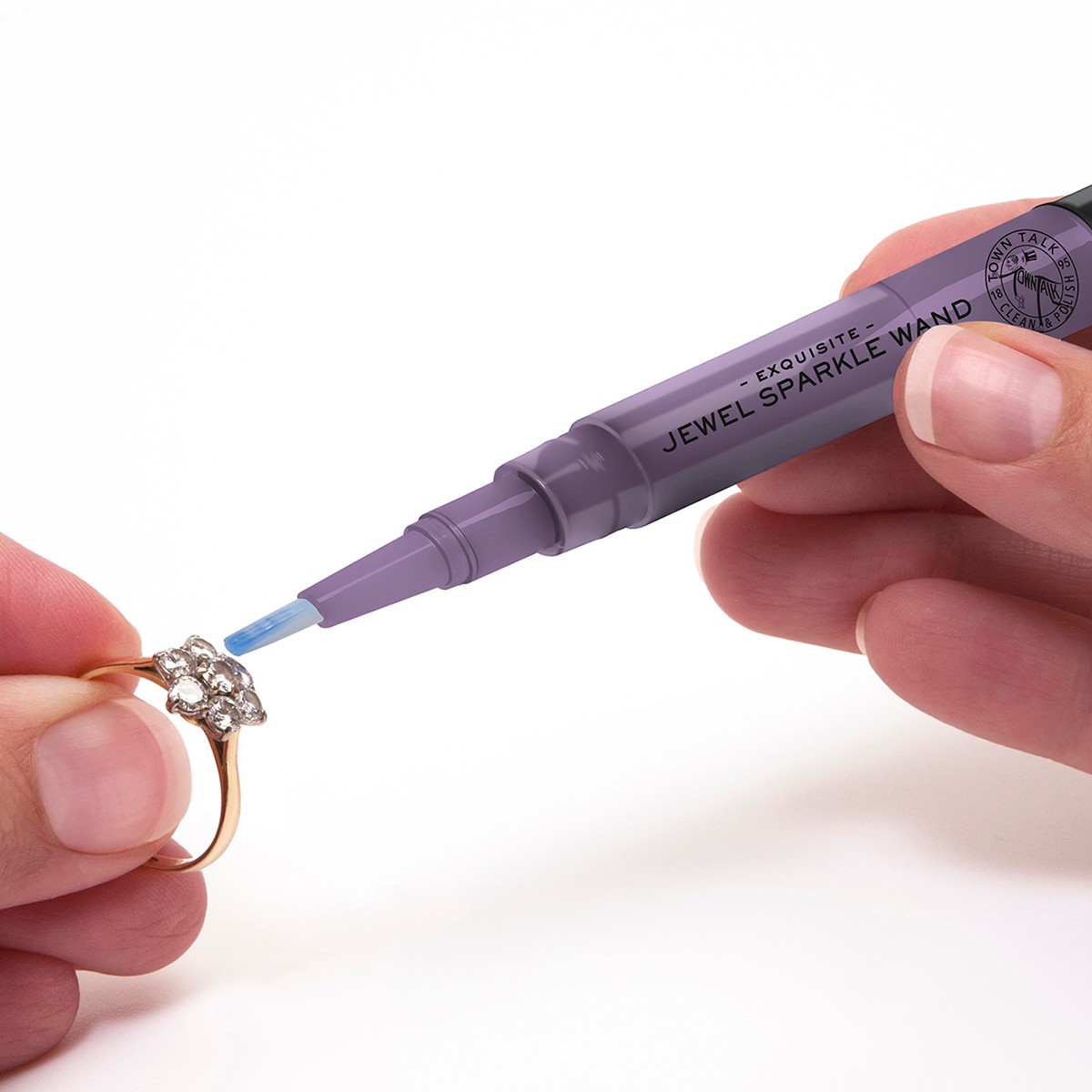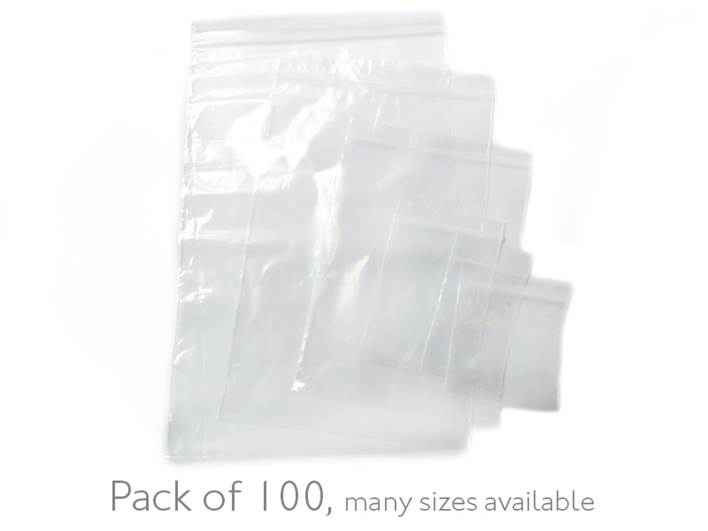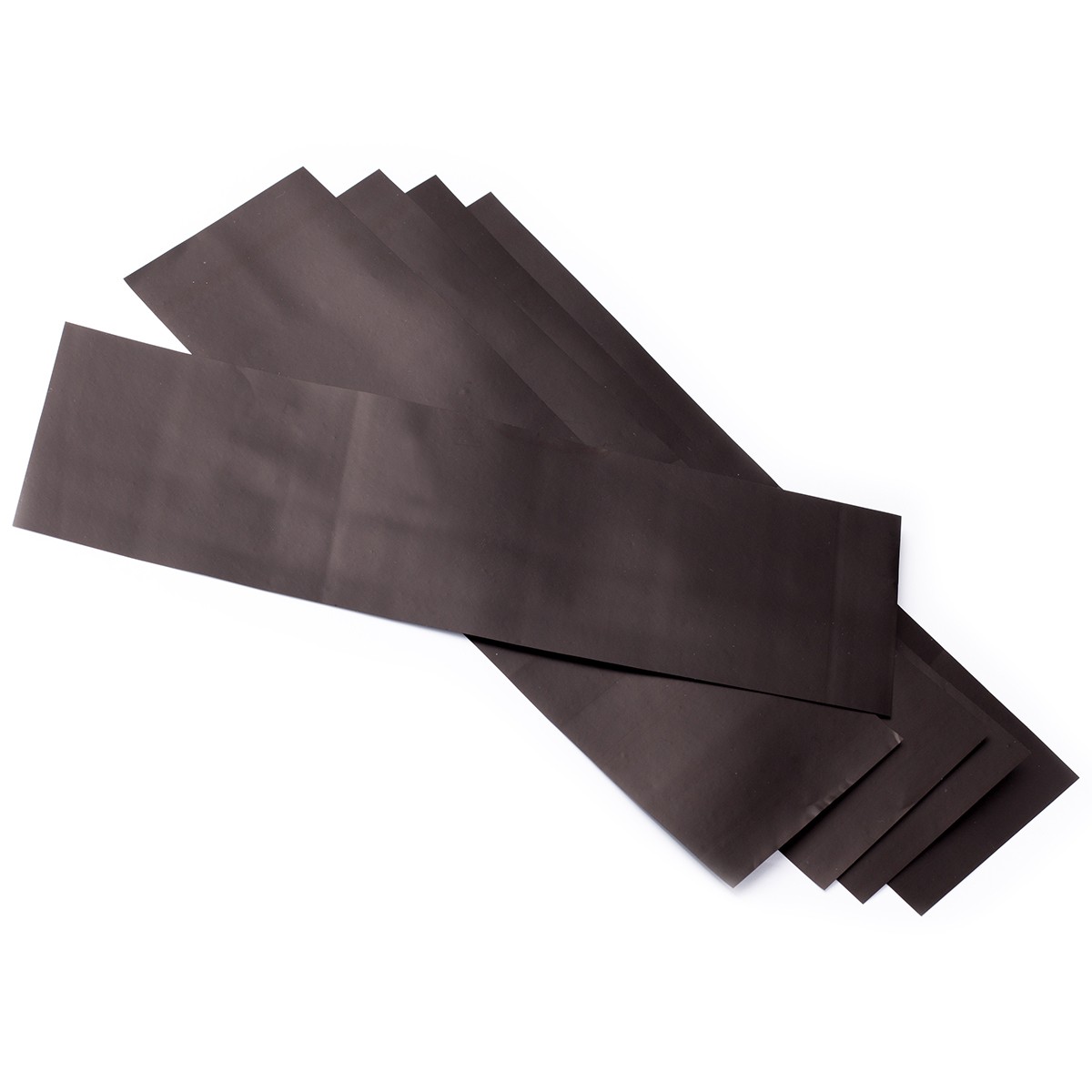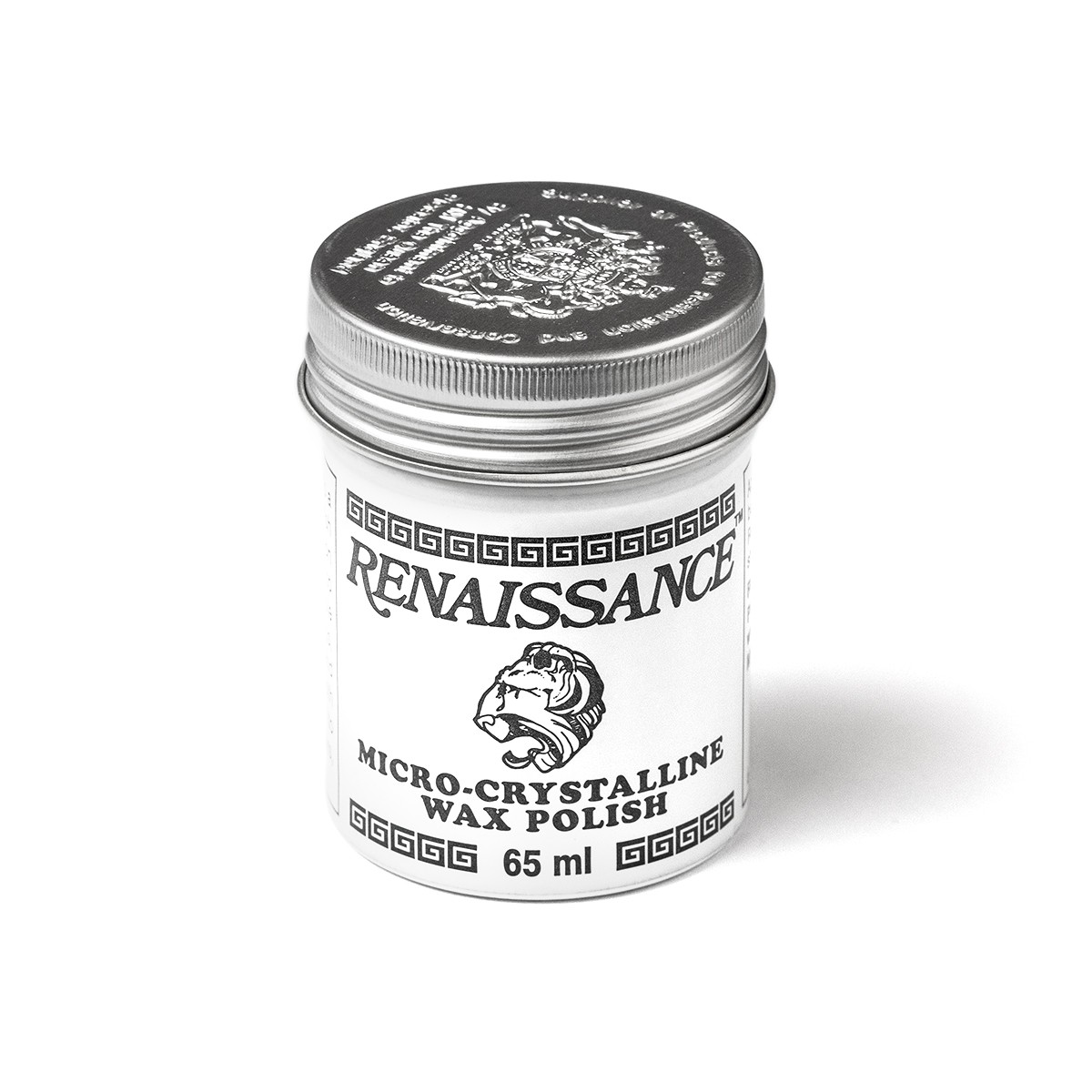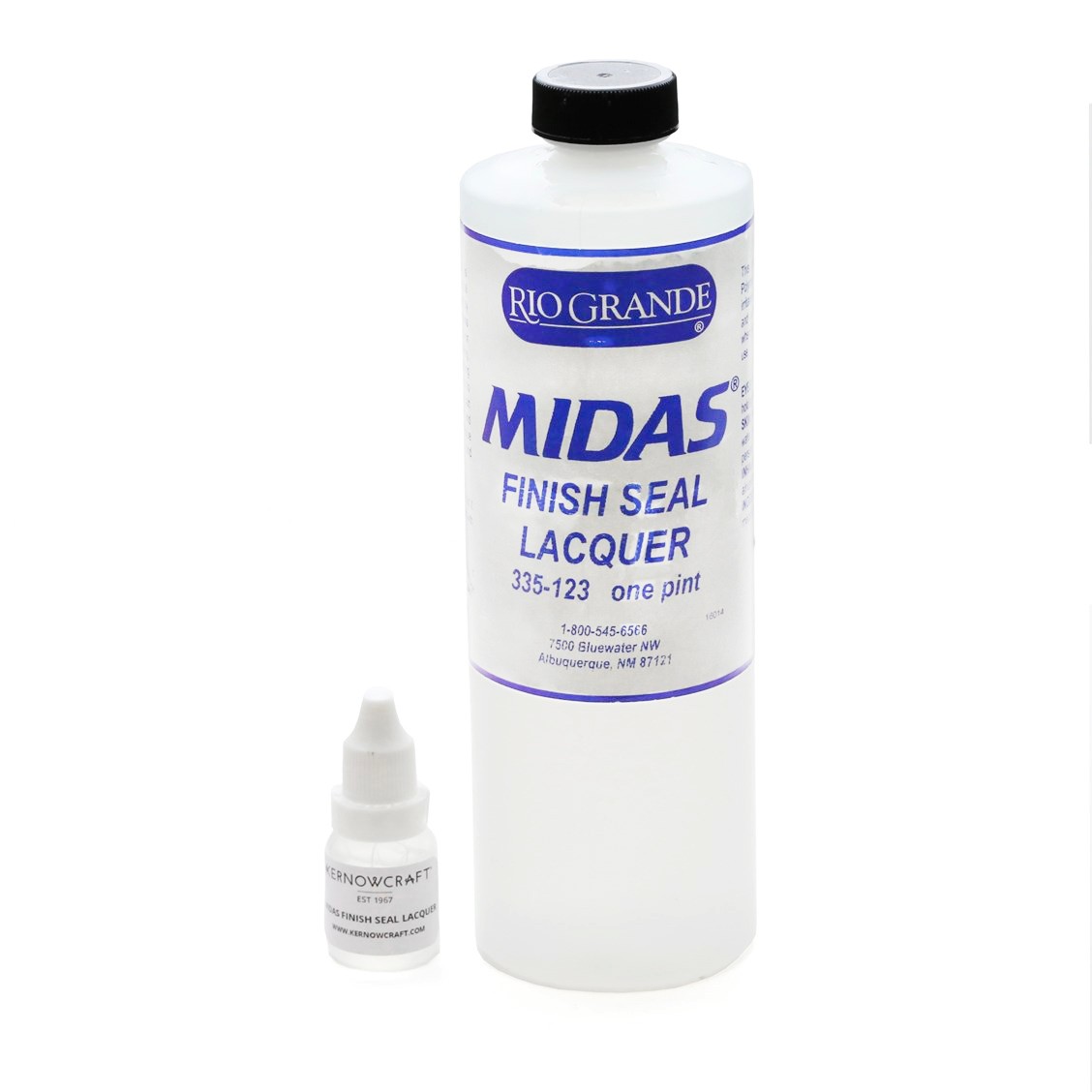How To Clean & Prevent Tarnished Jewellery
Tarnishing is an unfortunate process that everyone will encounter when working with metals. It affects copper, brass, silver, aluminium, and magnesium to name a few. As part of a natural chemical reaction it can't be avoided, but there are ways to help prevent the process or to revitalise your metals if they become affected.
Keep reading and we'll try to help you keep your jewellery sparkling no matter what!
What is tarnishing, and why does it happen?
Tarnishing is completely natural, and a part of the chemical makeup of these metals, so don't worry, you're not doing anything wrong! As your metals react to chemicals such as oxygen and sulphur the metals undergo a process known as oxidisation. Silver is especially reactive to the sulphur and this reaction is what causes the dreaded Tarnish. It will affect your silver in varying degrees, starting with a dullness or a slight golden colour, eventually resulting in a black coating on the metal.
Sulphur is found naturally in the air, but can also be transferred by direct contact, as it's produced by our bodies to fight bacteria. Depending on the environment your silver is stored, it will become tarnished at varying speeds, so be careful where you choose to keep your jewellery, and how often you handle it. If the air in the room could be subjected to chemicals or gases, such as a hair salon or near a natural spring, silver will react much faster than if it is kept sealed away, untouched in a cabinet in an unused room. There are many chemicals you may not have even thought about that your silver could react with: Something as simple as eggs contain sulphur, and hairspray or perfume could make your bedroom sideboard a bad choice, your own body can also produce varying degrees of sulphur, and wearing jewellery whilst doing the washing means that bleach will tarnish your jewellery very fast. Over time, these seemingly tiny things will eventually add up and tarnish your favourite silver items!
Coronavirus & Looking After Your Jewellery
Have you noticed a change in your jewellery during the coronavirus pandemic? Here are a few possible reasons why this could be.
Hand Sanitiser: We are all using hand sanitiser much more frequently now, and due to the high alcohol content it can tarnish your metal jewellery quicker. You need to be wary of using sanitiser with jewellery which contains soft or porous gemstones such pearls, opals and turquoise as these can absorb chemicals which can cause damage such as discolouration.
Moisturiser: Much like sanitiser, moisturisers containing alcohol, oils and acids can also speed up the process of tarnishing as well as cause damage to soft and porous gemstones through the absorption of moisture. These chemicals can also get lodged in between settings and dull the sparkle and quality of your jewellery.
Cleaning Products: Before opening up the cleaning cupboard, put your jewellery to one side. Cleaning products are likely to have harsh chemicals such as bleach and when coming into contact with jewellery, this can cause damage and increase tarnishing. By not wearing your jewellery during activities such as cleaning and exercise, you are also protecting your jewellery from bumps and knocks which minimises the chances of breaking a stone!
Recommendations: Germs and dirt can easily get stuck behind your rings and build up over time, so it's recommended to take off your jewellery when washing your hands and cleaning them before putting them back on again to uphold the best possible hygiene practises.
While most jewellery is fine to wash in mild soapy water alongside a gentle scrub with a toothbrush, it's always best to research the piece of jewellery beforehand to ensure you do not cause any unwanted harm.
It may be wise to protect your rings during this time where hand washing is increased by storing them away temporarily, we recommend popping an anti tarnish strip in with your rings as this will prevent them tarnishing whilst in storage. You might also consider helping to protecting your jewellery from tarnishing with Renaissance wax.
Does Tarnishing Damage my Silver?
Ironically, people can often cause more damage trying to remove tarnishing than the tarnish causes itself! Tarnish is simply a layer of silver sulphur that sits on top of your silver, coating the outer layer, and not affecting the underlying metal at all.
In the past, it has often been blamed for damage caused to silver, "It wasn't damaged until I removed the tarnish" where in truth, it was likely just hiding any bumps or scrapes it may have encountered whilst covered!
Excessive polishing of silver to remove tarnishing can also be a cause of wear, as you are effectively removing a thin layer of silver slowly from your piece each time. It can be much safer to rely on a chemical reaction process to remove the tarnish over a long period of time.
How Do I Remove Tarnish From my Jewellery?
There are various methods you can use to remove tarnishing from your jewellery, some more effective than others, depending on your piece, what it is made of, if it contains stones, and how large it is.
Silver Cleaning Cloths
Our range of polishing cloths are perfect to keep your jewellery clean and sparkling. These cotton cloths are impregnated with a unique cleaning and anti-tarnishing agent.
They are so easy to use; no mess and no fuss, just a simple gentle rub will keep your jewellery looking clean and bright.
Silver Dip
A liquid dip that dissolves oxidation on silver jewellery, supplied in a tub with a fitted basket. Simply add the items to the basket and lower into the Silver Sparkle Dip. Gently agitate the basket once submerged, ensuring you don't spill any. You can then lift the basket to check on the dip's effectiveness. When you are happy with the results, likely around the 2-minute mark, remove the items and rinse thoroughly under cold running water. Dry your metal items thoroughly and buff further with cleaning cloth if a high shine is needed. This dip is not advised for pieces with soft stones as it could discolour them or the acid could attack the stone and ruin it, so be especially careful with stones such as opals, corals, pearls, and turquoise. Not suitable for plated jewellery. Suitable for smaller pieces, as the size of your piece is restricted by the size of the tub you buy.
Town Talk Esquisite Jewel Sparkle Wand
This handbag sized jewel sparkle wand will gently clean your jewellery and remove small particles of ingrained dirt leaving your precious jewellery sparkling! It comes with full instructions and also a microfibre cloth for that final polish. It's gentle enough to use on your gold, platinum and silver jewellery that is set with precious gemstones such as diamonds, rubies and sapphires.
Cyrilyn shows you how to remove tarnish with household products
How Can I Stop Tarnishing?
Although tarnishing can't be stopped entirely, there are methods you can employ to prevent tarnishing and delay its effect on your silver. Most of these products rely on protection from the elements, creating a barrier to stop any contaminating air, sulphides, and oxides from reaching your precious metals.
Grip Seal Bags
These re-sealable and reusable clear grip seal polythene bags are essential for storing beads and findings as well as finished items of jewellery. Unlike many plastics, these bags do not contain any sulphur which means items stored in these bags are less prone to tarnish!
Anti-Tarnish Papers
These special anti-tarnish papers absorb sulphides and other pollutants than could otherwise tarnish your jewellery. Simply leave them nearby, and they will stop tarnish from developing on your jewellery, as it will be attracted to the paper instead. Each strip is 17.5 x 5cm and can be cut down to size. If you keep your jewellery in a jewellery box or a specific display case you can cut the strips down to size to fit. Please keep in mind, the anti-tarnish papers will work best when with your jewellery in an airtight box or bag. Each strip will protect once cubic foot of space for 6 months so they are very economical. Completely safe and non-toxic they do not emit any fumes or leave any residue. Sold in packs of 5 or 20.
Renaissance Wax
Renaissance wax provides great protection from oxidisation and has been in use since the 1950's by the British Museum and research laboratories specifically for the conservation and preservation of precious and priceless items.
It is PH-neutral and will not damage even sensitive materials, so can be used on metal and stones alike and will not discolour at all. The wax film is completely clear and remains that way, so it will not change the finish of the piece you're coating. If you apply a thin coat of wax and then buff it up, you can leave a fantastic shine on your items.
It can be used to protect tools from rusting and even give a moisture resistant finish to any object. Renaissance Wax is so versatile, it can even be used on paper, photos and various other items and will not darken or stain - we were intrigued by this claim so tried it ourselves, we tried it on untreated wood, paper with pencil and pen and some opals which are renowned for absorbing water and changing colour and we were pleasantly surprised there was no lasting visual change to any of the items we tested! The paper appeared darker when the wax was applied but within minutes it was back to its original colour, we then dripped water over the paper and it beaded and run off... amazing!
Over time this wax will wear, so it is recommended that you re-apply as necessary.
Midas Finish Seal Lacquer
This is a water based acrylic lacquer specifically designed for finishing and sealing metals. A clear, non-yellowing liquid that can be applied in various ways depending on the piece you want to coat. It can be used neat or diluted depending on the level of protection you want. A thin layer could be painted on with a small paintbrush or even applied by dipping your jewellery into a diluted solution. As the Midas finish Seal Lacquer forms a seal over the piece it will protect any patina you have created on the surface, preventing any further oxidisation to a clean surface or change to existing designs.
If you're dipping your jewellery, please remember to protect your work surface, and ensure you have an area set up to hang them to dry, shaking off any excess to avoid dripping. The drying process only takes 10 minutes, but can be further sped up with a hairdryer. We do recommend practising on a smaller item first.
You can also apply a few further coats for protection against scratching and wearing of plating. As this is a lacquer it will form a hard coating that will help protect against fine scratches. Coating rings, bracelets and necklaces can give some protection from the fine scratches normally accumulated through everyday wear. As this lacquer is worn you must re-apply as necessary to ensure constant protection.
This lacquer also prevents your jewellery from reacting with your skin, and vice versa - forming a shield to protect you from any allergic reactions with metals, and stopping the metal reacting with you, which will stop any green or black marks on your skin from certain metals.
Watch below how to use renaissance wax to protect your jewellery from tarnish
Also in this section:
- Guide To Sanding & Polishing For Jewellery Making
- Hand Polishing Your Jewellery With Polishing Papers
- A Guide To Texturing Metals For Jewellery Making
- Top Tools For Making Textures On Metal
- Beginner's Guide To Chasing & Repoussé
- How To Make Easy Textured Earrings
- How To Make A Hammered Copper & Silver Heart Pendant
- How To Make A Textured Cuff Bracelet
- How To Make A Metal Leaf Decoration
- How To Use Doming Block & Punches For Jewellery Making
- How To Make Domed Metal Earrings With A Doming Block
- How To Engrave Your Drawings On Art Clay Copper
- Textured Washer Bracelet Tutorial With Guest Jeweller Laura Grey
- Barrelling Machine For Polishing Metal - Everything You Need To Know
- Tumbling Machine For Polishing Stones and Glass- Everything You Need To Know
- Polishing Jewellery Q&A With Stephen M Goldsmith
- Town Talk Products For Cleaning & Caring For Jewellery
- Creating A Resin Bird Pendant With Designer Sarah Hoare
- VIDEO: How To Create Patina With Liver Of Sulphur
- 2 Ways To Apply Liver Of Sulphur
- VIDEO: How To Use Silver Plating Solution
- How To Clean & Prevent Tarnished Jewellery
- Why You Need Anti Tarnish Paper Strips
- How To Use Midas Finish Seal Lacquer
- How To Use Renaissance Wax To Prevent Tarnished Jewellery
- VIDEO: Working With Crinkle Metal Sheet
- A Guide To Using Mokume Gane Metal For Jewellery Making
HAVE A QUESTION?
If you have any questions, feel free to get in touch with our friendly team who will be more than happy to give you advice over email or on the phone.
You can learn more and find inspiration by visiting our Jewellery Making Tutorials, Jewellery Making Kits and YouTube Channel. Don't forget to follow us on social media and tag us in your designs on Instagram & Facebook, we would love to see!

